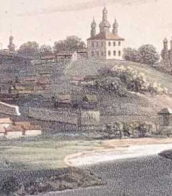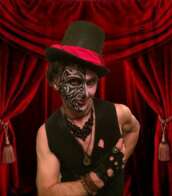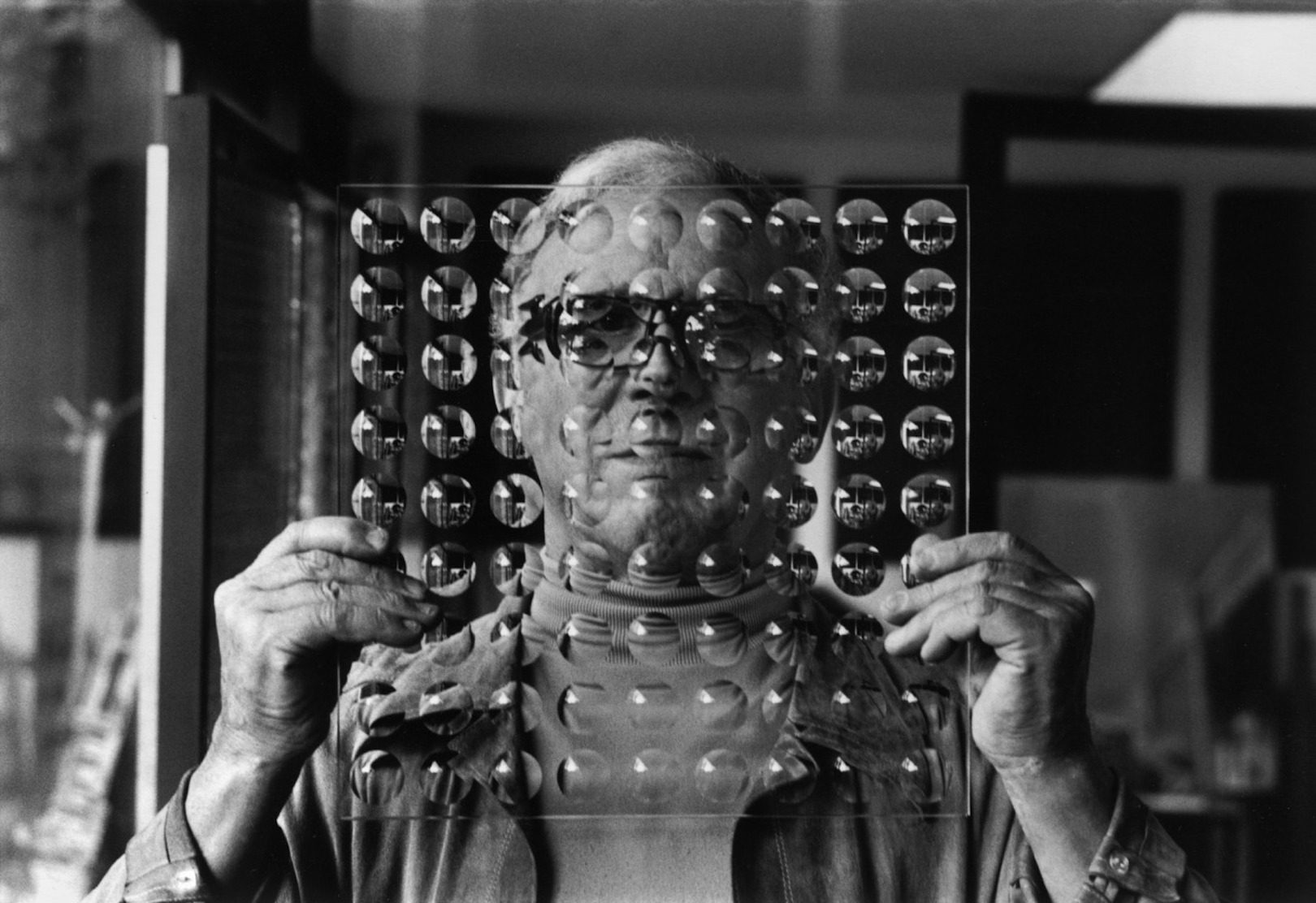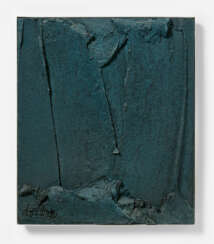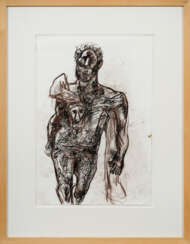chalk and oil

Rupprecht Matthies is a distinguished German artist celebrated for his innovative approach to art that intertwines language and culture. His work, characterized by a deep exploration of words and their impact, bridges the gap between individual experiences and collective expression. Rupprecht Matthies' background in sociology, which he studied before delving into the arts at the University of Hamburg, informs his artistic endeavors, allowing him to craft installations that resonate on multiple levels with a wide audience.
One of Rupprecht Matthies' most notable works is the "¿Being Home?" project, showcased at the Denver Art Museum. This installation is a testament to his ability to engage communities and transform personal stories into compelling visual narratives. Through collaborations with immigrants in Denver, Rupprecht Matthies collected words that held significant personal meanings, crafting them into a vivid landscape of words using materials like wood, Plexiglas, and foam. This project not only highlights his skill in word art but also his commitment to creating art that fosters community engagement and reflection on the concept of home and belonging.
Matthies' art extends beyond installations, as he has won numerous competitions and his works are collected and exhibited both nationally and internationally. His unique approach to creating "word art" allows him to encapsulate values and concepts in physical form, making his contributions to the art world both unique and impactful.
For collectors and experts in art and antiques, Rupprecht Matthies' work represents a fascinating intersection of art, culture, and social commentary. His ability to distill complex societal themes into engaging visual forms makes his work a valuable addition to any collection focused on contemporary art that challenges and captivates.
If you're intrigued by the innovative blend of language and visual art that Rupprecht Matthies brings to the contemporary art scene, consider signing up for updates. This subscription will keep you informed about new product sales and auction events related to Matthies' work, ensuring you don't miss out on the opportunity to own a piece of this remarkable artist's legacy.
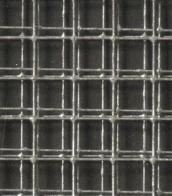
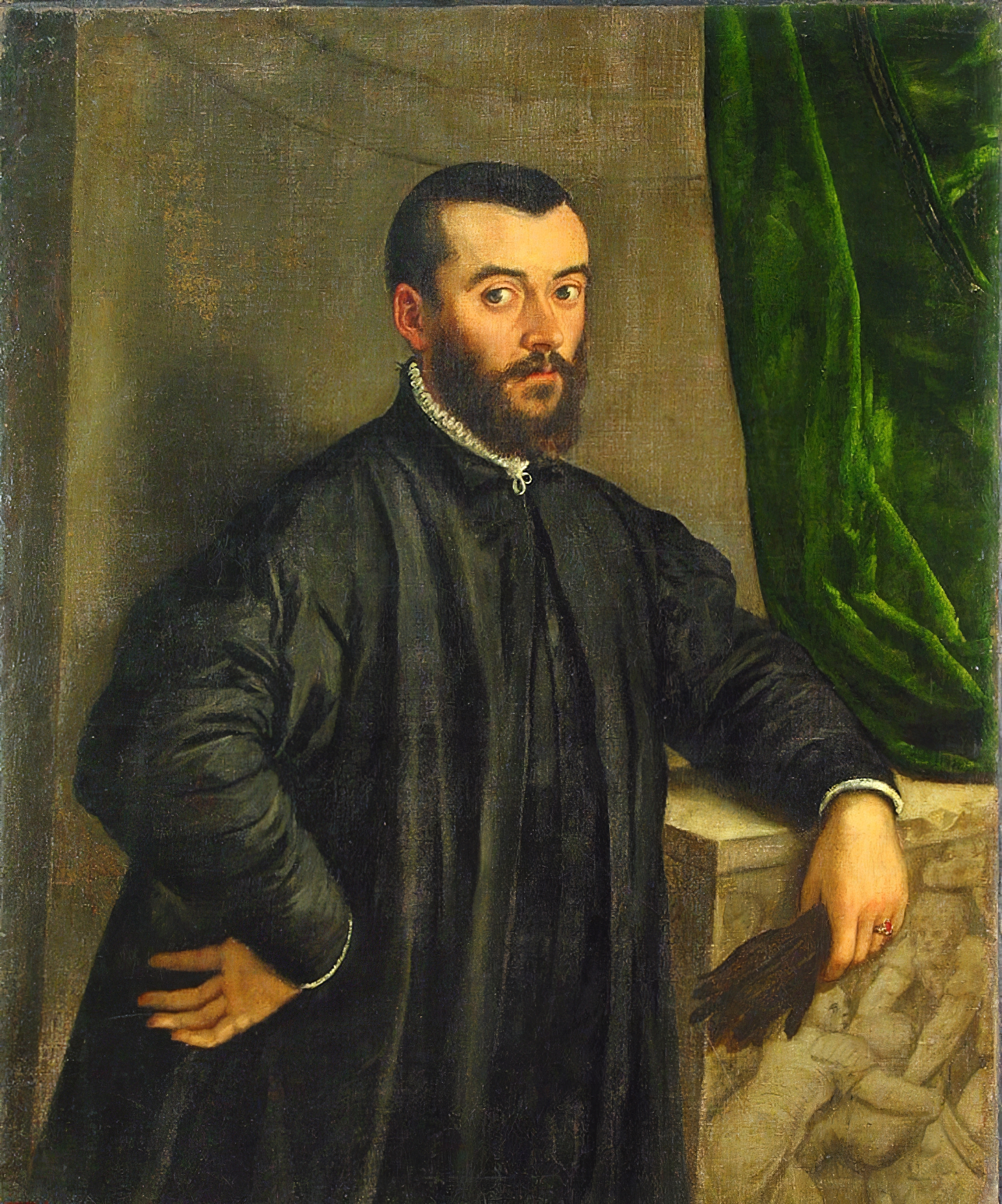
Andreas Vesalius (Dutch: Andries van Wesel) was a Flemish physician, one of the first anatomists of the Renaissance.
Vesalius came from a family of physicians and apothecaries, studied at the Catholic University of Leuven and at the medical school of the University of Paris, where he learned to dissect animals. He also had the opportunity to dissect human cadavers and devoted much time to the study of human bones. He later went to the University of Padua and, after earning his MD degree, was appointed professor of surgery, whose duties included anatomical demonstrations.
Vesalius revolutionized the study of biology and medical practice through his careful description of the anatomy of the human body. Based on observations made by himself, he wrote and illustrated the first complete textbook of anatomy. In 1543 his major work De humani corporis fabrica libri septem ("Seven Books on the Structure of the Human Body"), commonly known as Fabrica, was printed. In this epochal work, Vesalius gave far more extensive and accurate descriptions of the human body than anything that had been done by his predecessors.
In the same year, 1543, the Holy Roman Emperor Charles V appointed him staff physician of his house, and in 1559 Vesalius became physician to the Madrid court of Charles V's son, Philip II.
Vesalius' work made anatomy a scientific discipline with far-reaching implications not only for physiology but for all of biology.
